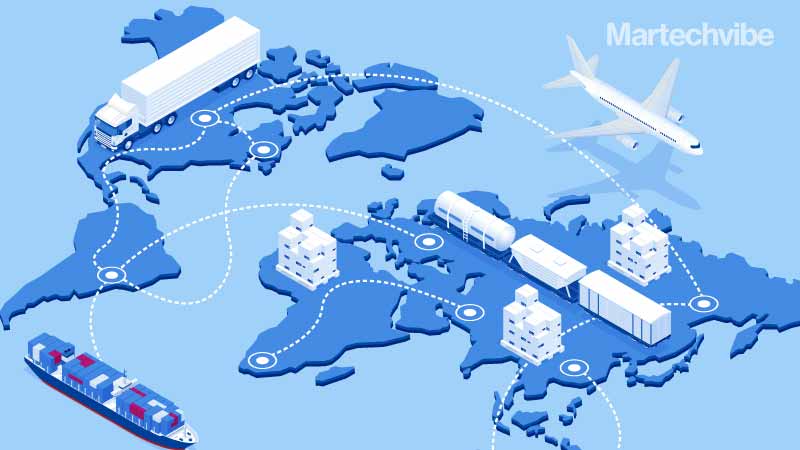Five Supply Chain Management Trends for 2022
2021 has been a crazy year for supply chain professionals. The supply chain got a ton of media coverage for reasons as diverse as a ship blocking the Suez Canal to a chip shortage for automakers. A world of people who had no idea what a supply chain was at the beginning of the year […]
Topics

2021 has been a crazy year for supply chain professionals. The supply chain got a ton of media coverage for reasons as diverse as a ship blocking the Suez Canal to a chip shortage for automakers.
A world of people who had no idea what a supply chain was at the beginning of the year now have a much better understanding of how the goods they purchase get from one place to another. The reality remains that a lot of the transport issues manufacturers are facing in 2021 are not going away. Be ready for plenty of supply chain news in 2022 including these important trends;
-
Supply Shortages Will Continue To Keep Ocean Container Rates High
As long as several global economies continue to thrive, the demand for goods and services will continue to hold transportation rates, particularly ocean, at record levels. However, with inflation rearing its head in various parts of the globe, higher prices on products may lead to a consumer slowdown, allowing manufacturers and their suppliers some breathing room to restock their supplies. That said, the backlog of existing demand will keep ocean transport rates higher until bottlenecks drain out. As we see supply and demand begin to balance out in the second half of 2022, transportation rates should creep lower heading into 2023.
-
Sustainability Initiatives Will Not Be Equal Across The Board
Even with heads of state coming to an agreement on sustainability requirements, it will largely fall on individual companies to enforce these standards upon themselves. While many organisations have already expressed, and even implemented, plans to reduce or eliminate carbon emissions, many have yet to adopt any strategy to make both immediate and long-term impacts. Without a unified, standardised pact that holds both countries and companies accountable, minimal change will be made. Until such standardisation exists, consumers and investors are the ones most likely to force companies to make the necessary shifts, as the younger and more environmentally conscious generations continue to grow into the largest global consumer base.
Also Read: How can Enterprises Avoid Social Media Marketing Pitfalls?
-
Organisations Will Bring Their Supply Chains Closer To Destination
With supply shortages stretching from groceries to semiconductors, many organisations have been forced to examine ways to bring crucial components closer to the final production process to ensure history doesn’t repeat itself. With many global organisations looking to localise larger portions of their supplier base, supply chains will find themselves better equipped to handle large demand spikes as they occur.
-
Safety Stock Levels Will Rise To Avoid Backlogs And Shutdowns
With the global vaccination effort proceeding at a slower than anticipated pace, new variants of the COVID-19 virus will continue to drive caution and hesitation regarding travelling and fully reopening businesses. As a result, organisations will move away from just-in-time (JIT) inventory strategies and will bulk up inventory levels, so they can avoid production disruptions. This also allows organisations to use supply chain finance tools to extend payment terms to suppliers using innovative finance options with lenders. Organisations can build inventory strategies that are less susceptible to disruption while allowing their supply partners to maintain healthy capital levels.
-
Companies Will Continue To Invest In New Technologies To Streamline Processes
Organisations are going to have to do more with less as talent shortages impacting global supply chains continue to compound. Companies will need to adopt existing and emerging technologies that allow for cleaner data, stronger collaboration, and the automation of mundane processes so team members can focus on supply chain process improvement. This will mean expediting digital transformation already in process and moving entire systems to the cloud for better, yet secure access to critical data needed to implement decisions quickly and effectively.
The pandemic has thrust many companies much further into their digital transformation much sooner than originally scheduled, and the timeline will continue to shorten as companies now realise how critical cloud technology has become for staying afloat.
By: Amel Gardner, Vice President, Infor Middle East & Africa






